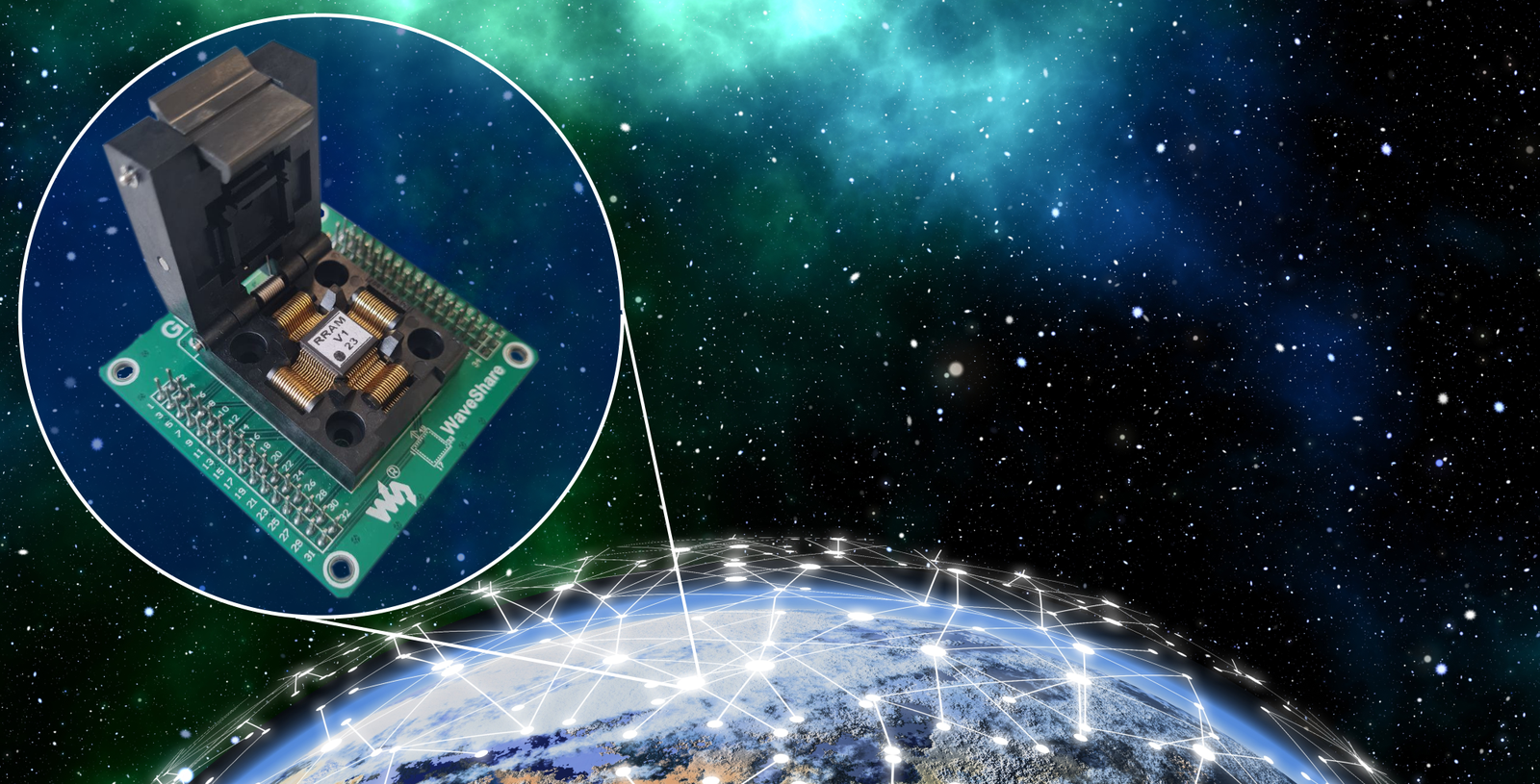Daniel Reiser, Marc Reichenbach, Tommaso Rizzi, Andrea Baroni, Markus Fritscher, Christian Wenger, Cristian Zambelli, Davide Bertozzi
21st IEEE Interregional NEWCAS Conference (NEWCAS), 26-28 June 2023
Daniel Reiser, Marc Reichenbach, Tommaso Rizzi, Andrea Baroni, Markus Fritscher, Christian Wenger, Cristian Zambelli, Davide Bertozzi
21st IEEE Interregional NEWCAS Conference (NEWCAS), 26-28 June 2023
Ruolan Jia, Stefan Pechmann, Andrea Baroni, Christian Wenger, Amelie Hagelauer
18th International Conference on Ph.D Research in Microelectronics and Electronics, PRIME 2023, Valencia, 18.-21.06.2023
Abhinav Vishwakarma, Markus Fritscher, Amelie Hagelauer, Marc Reichenbach
IT - Information Technology, Volume 65, Issue 1-2, 4 May 2023
Tommaso Rizzi; Andrea Baroni; Artem Glukhov; Davide Bertozzi; Christian Wenger; Daniele Ielmini; Cristian Zambelli
2022 IEEE International Integrated Reliability Workshop (IIRW), 09-14 October 2022, South Lake Tahoe, CA, US
T. Rizzi, E. Pérez-Bosch Quesada, Ch. Wenger, C. Zambelli, D. Bertozzi
36th Conference on Design of Circuits and Integrated Systems (DCIS 2021), Vila do Conde, November 24 - 26, 2021, Portugal
Fritscher, J. Knödtel, M. Mallah, S. Pechmann, E. Perez-Bosch Quesada, T. Rizzi, Ch. Wenger, M. Reichenbach
21st International Conference on Embedded Computer Systems: Architectures, Modeling and Simulation (SAMOS 2021), Pythagorion, July 04 - 08, 2021, Greece
Ch. Wenger, M.K. Mahadevaiah, T. Rizzi, E. Perez-Bosch Quesada, E. Perez
10th International IEEE/EMBS Conference on Neural Engineering (NER 2021), online, May 04 - 06, 2021, Germany
Microelectronic circuits used in space applications have to be resilient against radiation effects. The concept Internet-of-Space (IoS) will support the internet access in rural regions. In order to realize this concept, it is crucial to place radiation-hard electronic chips into the orbit, where they have to work reliable.
Memristive memory devices are suited for such tasks because these electrical switching properties are based on ions instead of electrons. Besides their resilient properties in terms of radiation hardness, RRAMs are also non-volatile memories (NVM). To achieve the highest reliability of the used CMOS electronics in space or other terrestrial radiation contaminated environments, it is recommendable to store the content of the complete computing system in a timely periodic secure back-up store. For this kind of back-up system RRAMs are helpful due to their radiation hardness and the non-volatility of the data stored inside the memory cells in case of a power failure. Non-volatile memory processors, consisting of RRAMs are attractive for IoS applications.
In this project, we want to go a step ahead and move some of the processing load to the RRAM memory in the sense of an in-memory computing concept. The in-memory operations will be carried out in the rad-hard sense amplifiers of a RRAM array by signal evaluation and direct integration of memristive RRAM cells in the processing step. To verify the functionality of the radiation-hard system architecture, we are targeting intensive simulation work. In the simulation environment a new model for memristive devices will be used for the investigation of the complete radiation-hard system architecture using in-memory computing for fault detection.
The main focus of this proposal is to explore new technological and computational ideas. The radiation hard memory approach with a new non-volatile memory concept, so called RRAM, is the core of this approach. To successfully address this objective, we are also targeting the scope: highly innovative technology leading to improvements in performance and enabling emerging internet-of-space applications.


